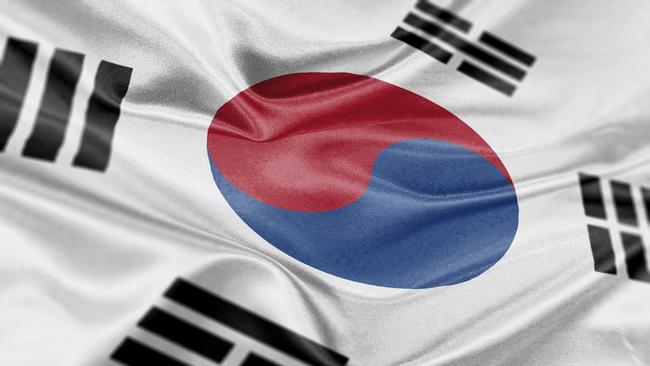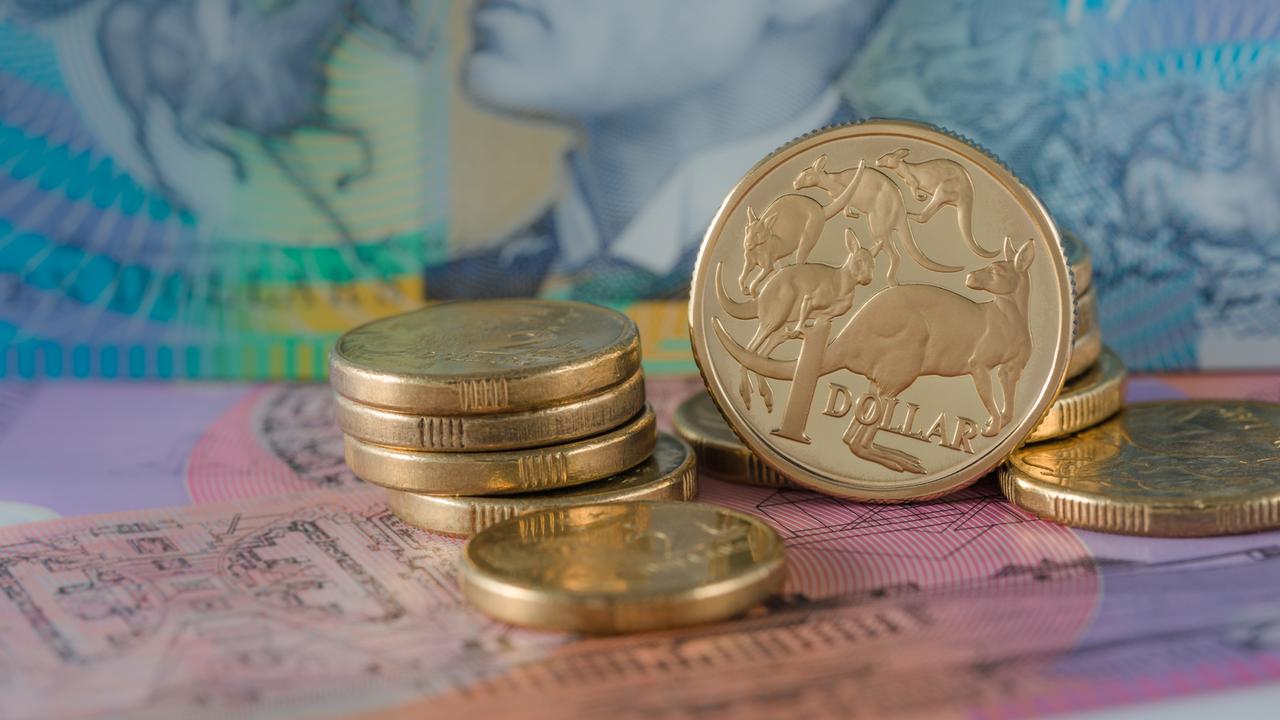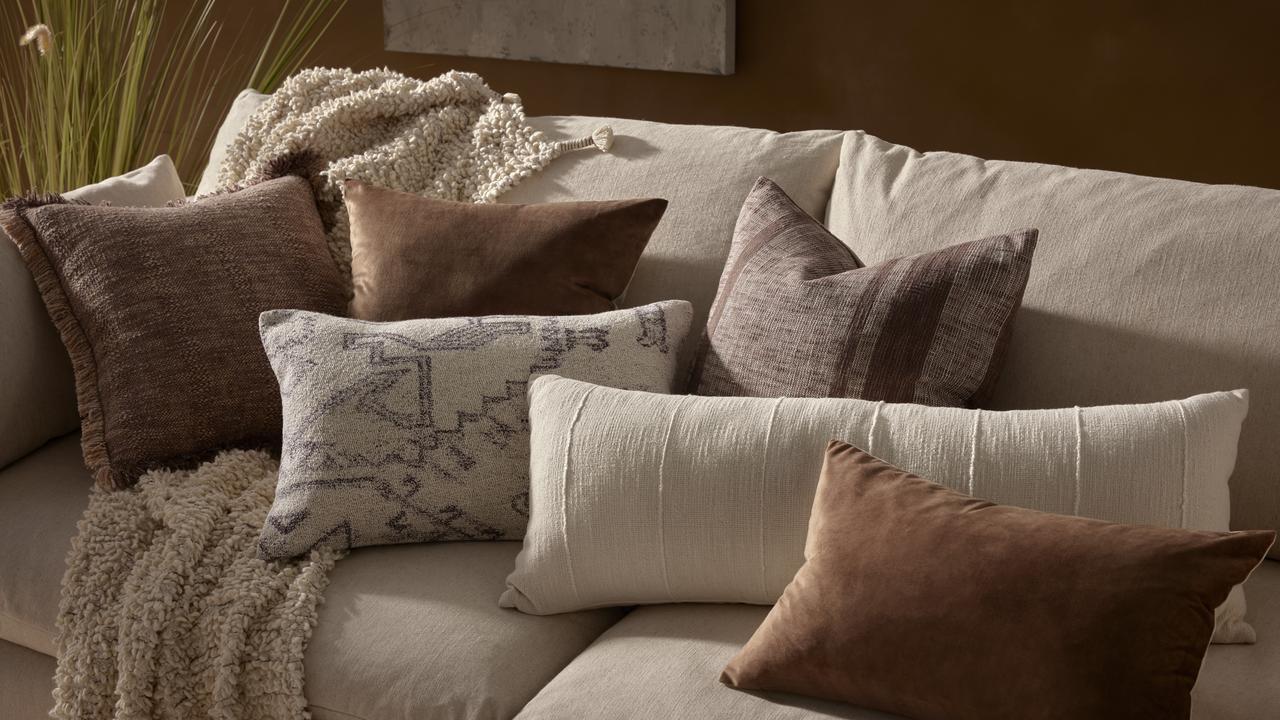
South Korean pension funds and conglomerates have emerged as acquirers of commercial real estate and infrastructure in the US in recent years.
But there’s a view that they could soon be spending more money in Australia after some of their US investments have generated unfavourable returns.
Companies that bought when rates were low during the pandemic would have paid top dollar in the US, but asset values have fallen.
While many South Korean firms are known to object to the red tape required to deal with Australian governments, state and federal, and the complexity in environmental approvals, the biggest deterrent has been currency hedging, which has made a move into Australia less desirable than the US.
But with asset values falling and the possibility of a second Trump presidency, which could lead to higher tariffs and fewer troops being sent to South Korea, the big spenders in the Asian nation could look towards Australia.
Both countries are encouraging investment partnerships and co-operation, and a number of incentives are in place as the two nations strengthen defence and business ties.
Various trade agreements have facilitated investment, including the Korea-Australia Free Trade Agreement (KAFTA), which came into force in December 2014, reducing tariffs and providing better market access. It also established joint committees and working groups around energy, infrastructure, and technology and government policies.
The aim is to encourage foreign investment, along with tax incentives, grants and streamlined approval processes for major projects.
The Australian government has also streamlined processes for South Korean investors, ensuring quicker and more transparent approvals for investments in critical sectors. It is funding infrastructure development through the northern Australia Infrastructure Facility (NAIF), which offers concessional finance to encourage investment in infrastructure projects.
The Export-Import Bank of Korea also funds projects.
As of 2023, South Korea’s cumulative investment in Australia stood at $29bn, ranking 19th and accounting for 0.6 per cent of the foreign direct investment in Australia, according to the Australian Bureau of Statistics.
The top investor from a direct investment perspective is the US with $1.1tn, followed by Britain at $661bn.
Japan is fifth with $329bn.
Observers say that recently there has been noticeable participation by South Korean firms in Australian infrastructure projects, including renewable energy, transportation and urban development.
Notable projects involving South Korean firms include Hanwha Energy’s investment in solar farms in Queensland and Victoria and Posco’s involvement in multiple infrastructure projects, including the construction of new ports and transportation networks to support mining operations in Western Australia.
Posco has invested in the Port of Newcastle expansion project to support its coal and raw materials logistics, enhancing the efficiency of supply chains and boosting trade capacities, while Hyundai Rotem has participated in several public transportation projects, including supplying rolling stock for urban rail systems in Sydney and Melbourne.
Australia’s commitment to renewable energy and sustainability has also attracted South Korean firms specialising in green technologies.
Investments in solar and wind energy projects have increased significantly.
According to data from real estate firm CBRE, South Korean groups have invested $3bn in the past 10 years in Australian shopping centres, offices and industrial properties.
They were absent entirely from the real estate scene in 2019 and 2020. They spent the most in 2016, with deals worth $615m, and in 2017, spending $462m.
While the investment has been weak compared to other nations like Japan, the Australia-Korea Chamber of Commerce and the Australia-Korea Business Council are trying to change that.
“I think for foreign investors, it often depends on what is occurring in their home markets,” said Tom Broderick, head of office and capital markets research for CBRE.
“Korea has actually been one of the bright spots for commercial property post pandemic.”
Mr Broderick said the office market in Seoul was probably the best performer in the world at the moment, so there was less reason to look elsewhere if their domestic portfolio was performing well.
However, in contrast, Australia was seeing strong investment from Japanese investors at the moment, thanks to low growth prospects in their home country due to low interest rates and negative population growth.
“Historically, Singapore and Hong Kong have been the main sources of investment into Australia, as they are gateway cities for capital to be deployed throughout the Asia-Pacific region,” he said.
Both countries have been continuously expanding economic co-operation, based on complementary industrial structures.
South Korea exports steel, cars and ships to Australia, while Australia exports natural resources, key minerals and renewable energy to South Korea.
This trade structure allows for collaboration at every stage from resource development to production.
Market participants say this means South Korea and Australia can co-operate closely in all aspects of the supply chain.
The journalist travelled to South Korea courtesy of The Walkley Foundation




